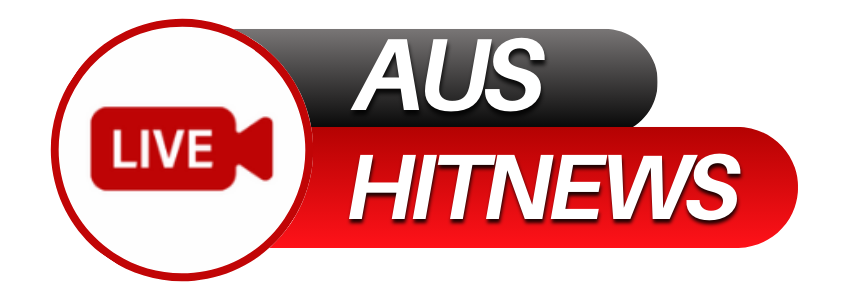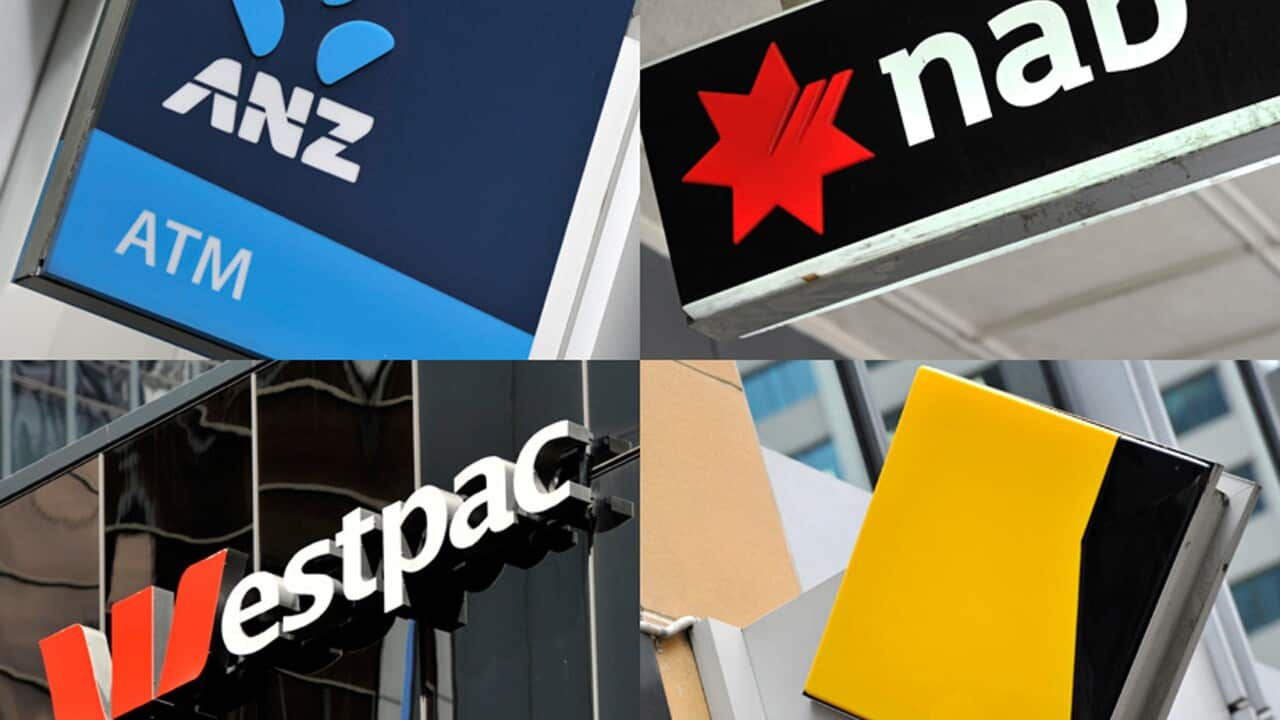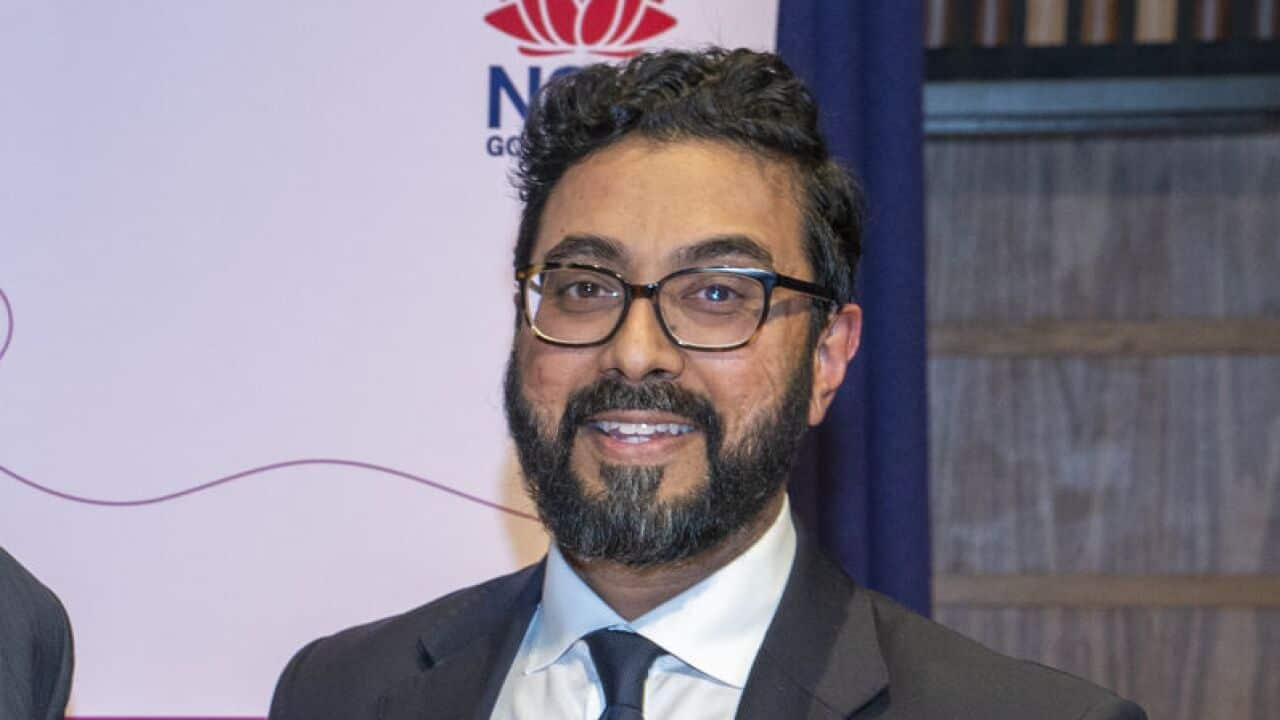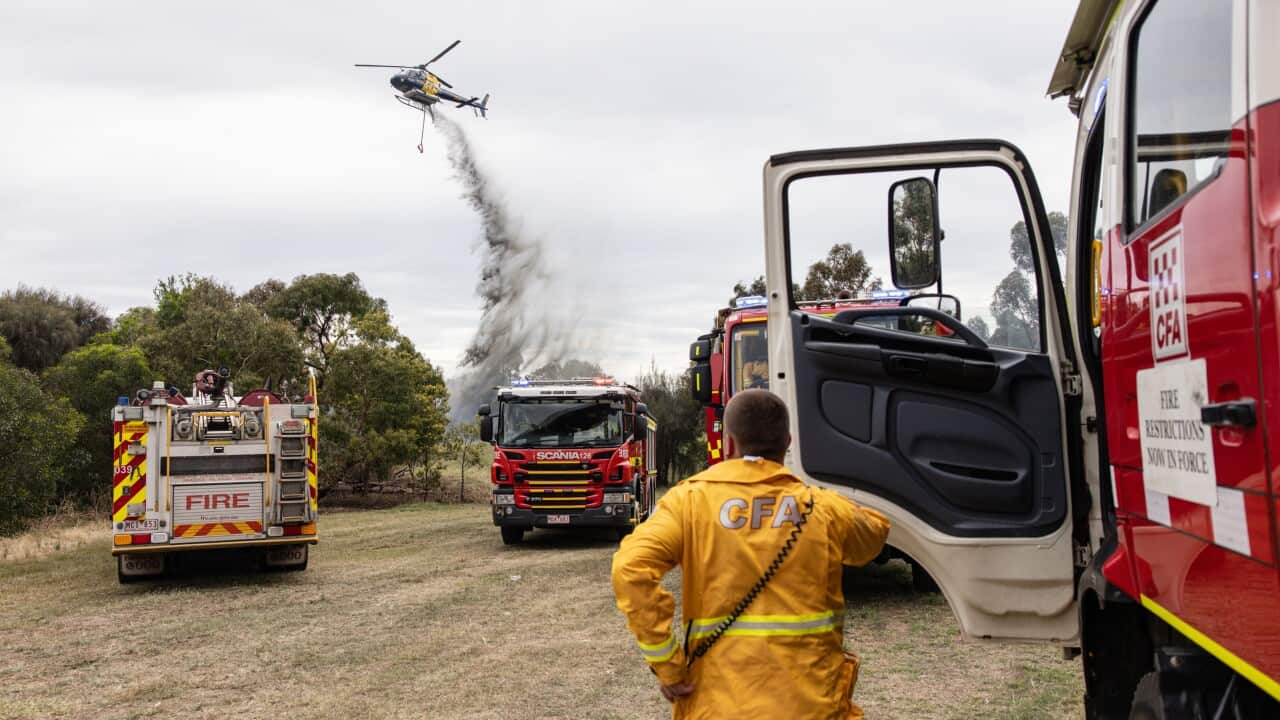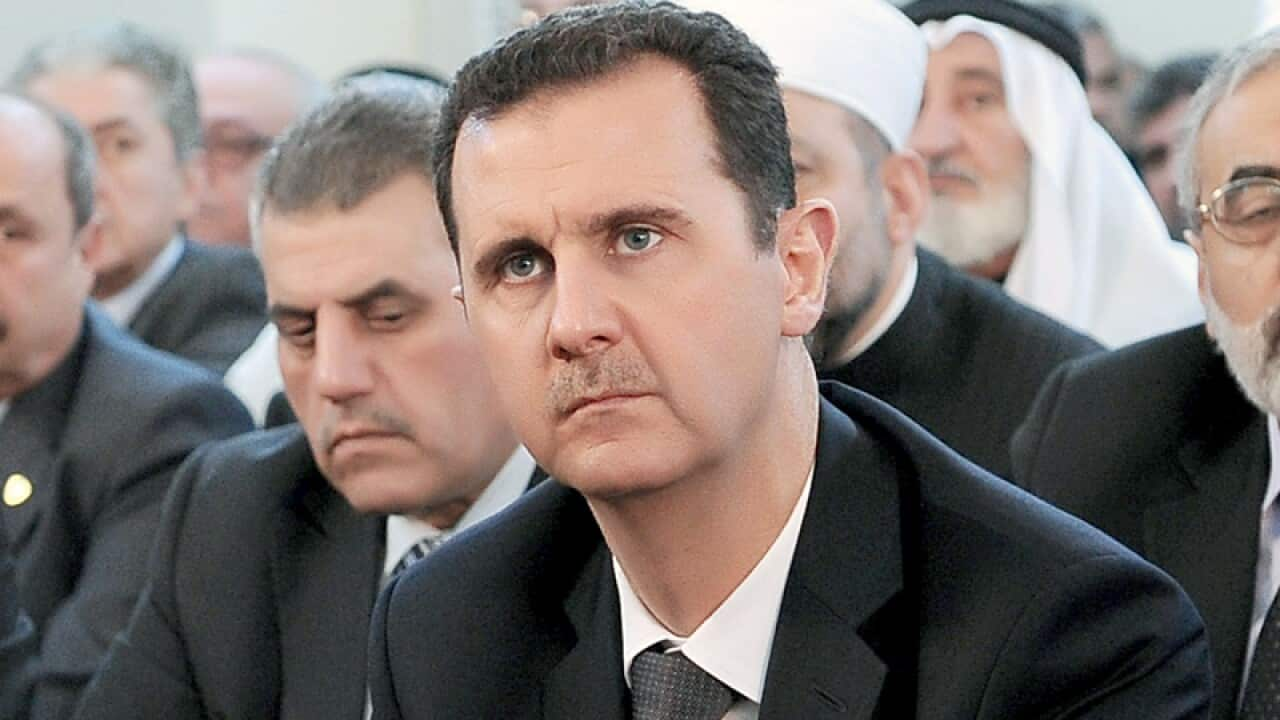While Australians have been struggling with the cost of living and cutting back on essentials under the pressure of rising interest rates, they’ve been hammered with one main message.
For the past few years, Reserve Bank of Australia (RBA) has been stressing that in order for it to cut interest rates, inflation must be within a 2 to 3 per cent range.
Last week, that happened.
, marking the first time in three-and-a-half years that it has been below 3 per cent.
The RBA kept rates on hold on Tuesday at 4.35 per cent, following its monthly board meeting.
Inflation is down to target range, so why no rate cut?
Sally Tindall, data insights director at the financial comparison site Canstar, said the inflation rate is not what it seems.
“This number is largely based on smoke and mirrors created by temporary electricity rebates and volatile petrol prices,” she said in a statement.
“Any hope of a cash rate cut in 2024 is now well and truly dead in the water.”
The RBA’s preferred measure of inflation is ‘trimmed mean inflation’ — which is the underlying inflation rate that reduces the effect of irregular or temporary price changes that can impact the consumer price index — in this case, electricity and automotive fuel.
When removing those factors, alongside other large price rises and falls, trimmed mean annual inflation stood at 3.5 per cent, down from 4.0 per cent in the June quarter, according to the Australian Bureau of Statistics.
When is the first rate cut expected?
And that figure is still too far out of striking distance for the RBA to change tack, Tindall said.
Economists at Australia’s ‘big four’ banks — Commonwealth, Westpac, NAB and ANZ — predict the RBA could cut rates by 0.25 of a percentage point in February 2025.
They’re also forecasting a total of four cuts by the end of 2025.
However, the markets are not pricing in a first cut until April 2025.

Australia’s interest rate has remained on hold since November 2023. Source: SBS News
My Bui, an economist at AMP, forecasts three rate cuts next year.
“[Core] inflation is not going to get into the target band until the middle of the third quarter … So without a recession, [the RBA] is probably not going to be in a hurry to cut rates sharply.”
Additional reporting by Reuters.
